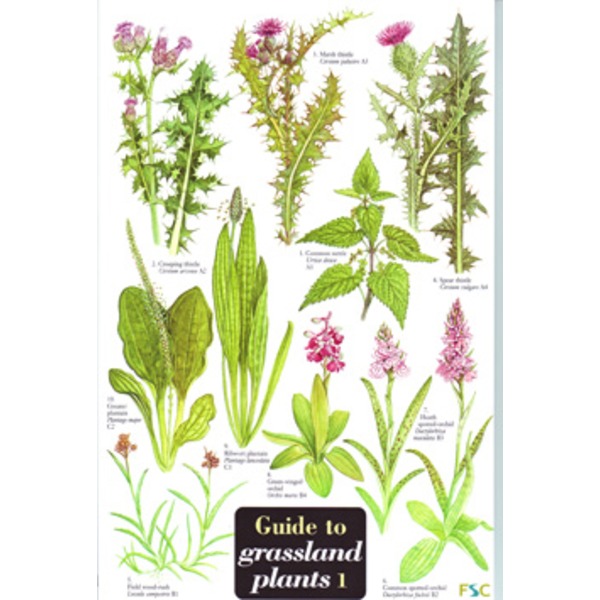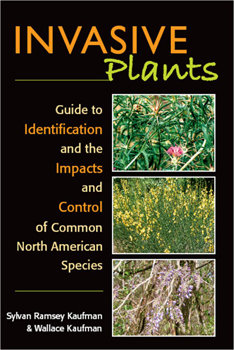
Common tansy: A perennial plant with multiple stems that grow from a clump, giving the plant a shrub-like appearance. Wild parsnip: An aggressive perennial plant that germinates from seed, spends the first year or more as a rosette, eventually bolts into a mature plant in the second year or later, flowers, sets seed, and dies. Dalmatian toadflax: yellow, snapdragon-like flowers this plant is a major problem in the western US but so far, few Minnesota infestations have been found.  Japanese hops: herbaceous vines that grow so rapidly they can smother other plants only two confirmed instances in Minnesota to date, along the Root and Mississippi Rivers. Common teasel: prolific seed producer able to form dense monocultures considered an “early detection” species with limited distribution in the state. Black swallow-wort: herbaceous perennial vine in the milkweed family, with seed pods and starlike flowers infestations can grow to cover several acres of land. Brown knapweed: a perennial plant with pink flower that has potential to outcompete native species not yet common in Minnesota. Oriental bittersweet: a heavy, deciduous vine with red and yellow fruit can girdle or collapse trees. Narrowleaf bittercress: herbaceous annual invading forested areas along rivers in eastern Minnesota considered an “early detection” species with limited distribution in the state and designated as a “prohibited, control” weed. Palmer amaranth: a highly aggressive weed that threatens agricultural production.
Japanese hops: herbaceous vines that grow so rapidly they can smother other plants only two confirmed instances in Minnesota to date, along the Root and Mississippi Rivers. Common teasel: prolific seed producer able to form dense monocultures considered an “early detection” species with limited distribution in the state. Black swallow-wort: herbaceous perennial vine in the milkweed family, with seed pods and starlike flowers infestations can grow to cover several acres of land. Brown knapweed: a perennial plant with pink flower that has potential to outcompete native species not yet common in Minnesota. Oriental bittersweet: a heavy, deciduous vine with red and yellow fruit can girdle or collapse trees. Narrowleaf bittercress: herbaceous annual invading forested areas along rivers in eastern Minnesota considered an “early detection” species with limited distribution in the state and designated as a “prohibited, control” weed. Palmer amaranth: a highly aggressive weed that threatens agricultural production. 
The following species are on the state's "eradicate" list (except narrowleaf bittercress) and were studied in this project:

For this project, data was collected from public records and combined with available environmental data in order to create the SDMs. Machine learning techniques coupled with field survey data produce reliable maps that managers can use in early detection efforts. Computer-generated models make it possible for researchers to predict where terrestrial invasive species are most likely to spread under future climate conditions.







 0 kommentar(er)
0 kommentar(er)
